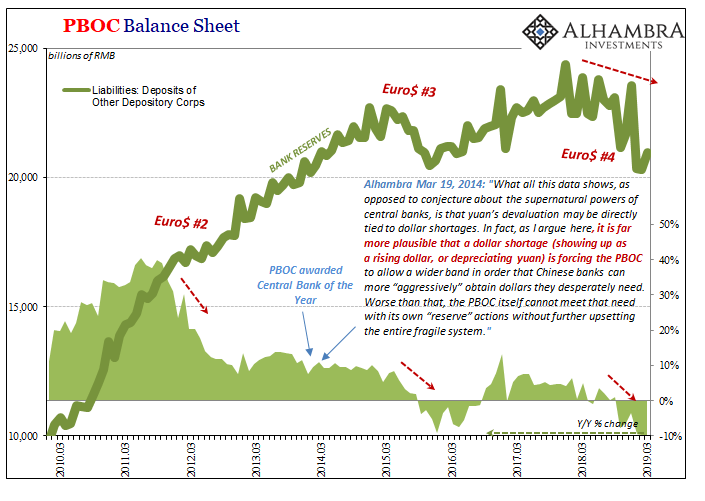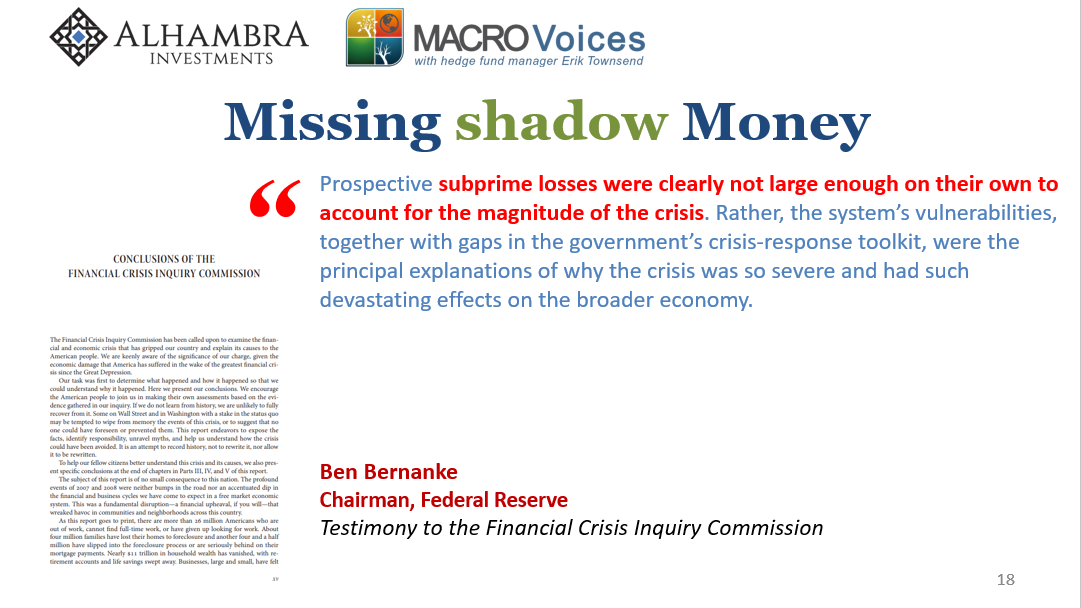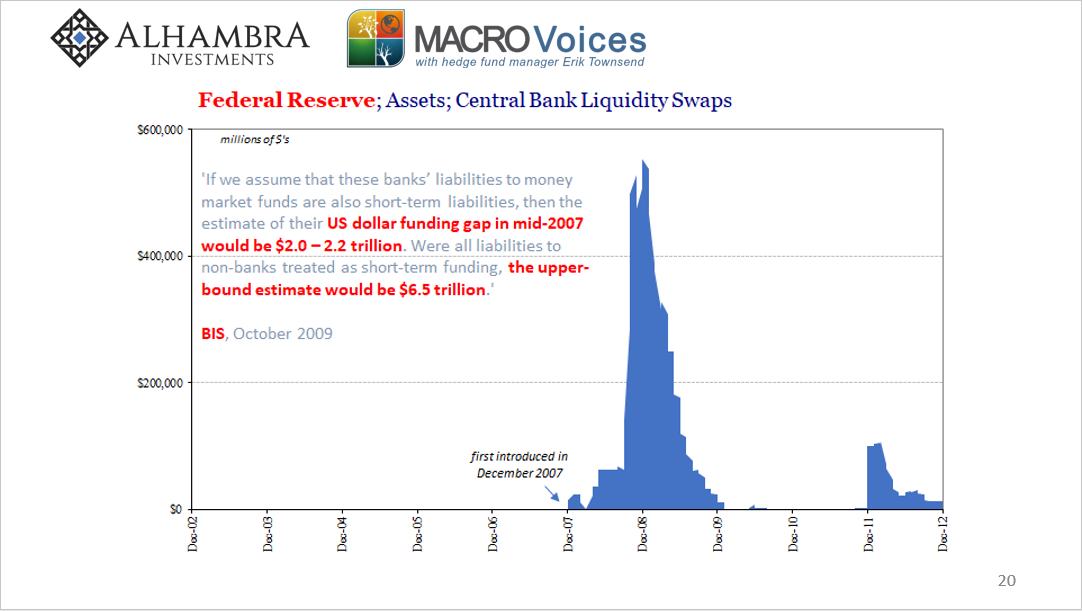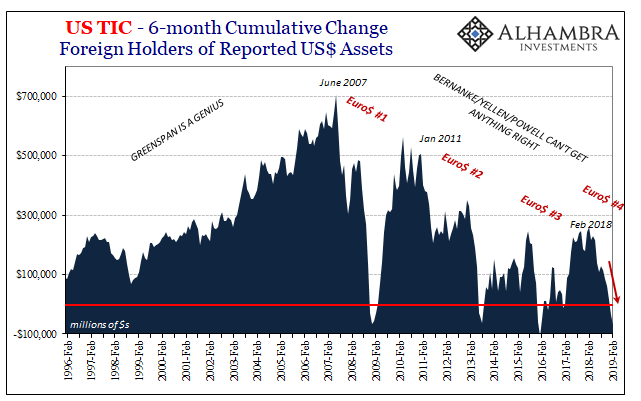Once you see the whole thing, you can’t unsee it. But therein lies the problem. It is so far out there away from mainstream convention getting anyone to recognize what their eyes are recording is an enormous task. Even when someone happens to uncover, for themselves, a significant piece it is often too unfamiliar to truly appreciate its significance.
In Plato’s Republic, the philosopher tells of his brother being taught by Socrates through the allegory of the cave. Prisoners chained up living forever inside the dark space only perceive the wider outside world via shadows projected upon a blank wall as objects or other people pass by a fire. These inmates even give these shadows names and think of them as real.
They never desire to leave, either. What they know of existence is all they want to know. The shadows suffice for their worldview, having never seen the outside. But once broken out and into the world, the world of observation, they can never go back to the shadows.

The Wall Street Journal reported yesterday that China’s banks are running short of dollars. Shocking, I know.
China’s major commercial banks have a funding issue outside Beijing’s control: They’re running low on the U.S. dollars they need for activities both at home and abroad.
Regular, longtime readers here will wonder what took the Journal so long to write something like this. The article would’ve been slightly helpful had it been written in 2014 when China’s dollar problem first turned deadly serious.

The chains of Economics, however, are just that strong. Rather than amount to a breakthrough, though, the author is merely relating to you his own interpretation of this new shadow making its appearance on his wall.
The imbalance at Bank of China is small relative to its balance sheet, so it shouldn’t be seen as an imminent threat. The government’s $3.1 trillion in foreign exchange reserves are probably also a backstop in a crunch, but it’s unclear how bad things would have to get before Beijing would permit its use by major commercial banks.
It pays, literally, to know one’s history before making such statements. China’s total foreign exchange reserve once totaled just about $4 trillion, peaking in June 2014. Where’d the other $900 billion go over the last half decade? How did things turn out as so much disappeared?
Of course, as is usual, there is much more to the story than is being presented. Footnote dollars make their customary cameo in it even though, by all evidence, they are among the major players if not the star of the show.
In its annual report, Bank of China says that its asset-liability imbalance is more than addressed by dollar funding that doesn’t sit on its balance sheet. Instruments like currency swaps and forwards are accounted for elsewhere.
If that was anywhere close to being true, “more than addressed by dollar funding that doesn’t sit on its balance sheet”, then we wouldn’t be talking incessantly about China’s dollar short; to the point that, eight years later, the Wall Street Journal finally notices and writes a semi-concerned piece about a serious enough fragment that just doesn’t quite fit the mainstream worldview (QE and all that supposed money printing).
Shadows on the wall.
Nowhere in this relatively brief mention does the author ever ask the big question. In many ways, it is a positive sign that China’s dollar shortage is even being addressed in the mainstream at all. It is 2019 and somehow global shadow money, this eurodollar system, remains in its own shadows. That’s because everyone still believes, and the media reinforces the narrative, that 2008 was about subprime mortgages.
As I said on the most recent Eurodollar University segment, if that was true then there is nothing whatsoever to fear. The world doesn’t have a subprime mortgage problem in 2019 and most likely never will again, certainly not in my lifetime.
What if, though, 2008 wasn’t ever about subprime mortgages?

During the first true banking panic since the Great Depression, by far the biggest contribution to the (lacking) rescue was the Federal Reserve’s dollar swaps with foreign central banks.
Ask yourself, why was it that the US central bank had been handing out more than half a trillion in US dollar funding to overseas entities during the worst part of the worst banking panic in four generations? The better question to ask approaches it from the other side. Why were foreign banks domiciled elsewhere so desperate for US dollar funding that they were begging their local central bank, demanding that their local officials bail them out in US dollar terms?

What the Journal fails to question is the only factor that matters, the one that connects 2008 with 2019, the one that connects China with every other place around the world struggling to find even the smallest toehold on meaningful economic growth; always, always falling far short.
This article instead leaves you with the impression of a triviality, a mere interesting if odd aside amongst far more central conversations driven by important men and women of high office. A footnote, perhaps. Those Economics shadows on the wall do command the bulk of each prisoner’s attention and consideration.
Having briefly described “what”, it is never asked “why.” Why? How can it be that China’s most important banks are increasingly short of US dollars?
For once, at least, they can’t blame “rate hikes” and QT. China’s growing dollar problem, even what the Journal can make of it (chart included), predates both by many years. Even if you are chained in Plato’s cave, it is enough of a different sort of shadow to make you think there is so much more going on out there in the real world. In our shadows.


Stay In Touch